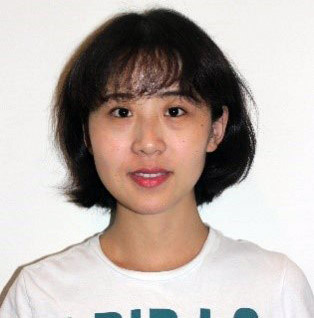 Mimicking mussels’ natural “glue” could have multiple benefits.
Mimicking mussels’ natural “glue” could have multiple benefits.
Many species have developed unique adaptations to help them thrive in their environments, and scientists in a field called biomimicry use these examples as the basis for tools to help humans. Biomimicry researchers have made a wide range of products, from climbing pads modeled after gecko feet to a faster, sharp-nosed bullet train based on the beak of the kingfisher bird. The animal kingdom also provides inspiration for biomedical products. For instance, scientists at Michigan Technological University in Houghton discovered that a natural “glue” produced by mussels has antimicrobial properties and are developing a way to put these properties to use.
 Bruce Lee, Ph.D. Credit: University Marketing and Communications, Michigan Technological University.
Bruce Lee, Ph.D. Credit: University Marketing and Communications, Michigan Technological University.
This “glue” is a sticky amino acid that helps mussels stay attached to rocks or boats in the ocean. Bruce Lee, Ph.D., associate professor of biomedical engineering at Michigan Tech, focuses on biomimicry, and a former doctoral student from his lab, Hao Meng, Ph.D., aimed to test how this amino acid interacts with living tissue to assess its promise as a medical adhesive. In the process, Dr. Meng discovered that when the amino acid is exposed to air, it produces hydrogen peroxide as a by-product. Drs. Lee and Meng found a synthetic compound with the same key chemical structure as the mussel-produced one and decided to develop it as a wound disinfectant.
 Hao Meng, Ph.D. Credit: Lengfei Han.
Hao Meng, Ph.D. Credit: Lengfei Han.
Dr. Meng and an interdisciplinary team of researchers turned the synthetic compound into a microgel. Despite the “gel” in its name, the microgel is a powder. Once added to a neutral pH solution such as distilled water, the microgel starts creating hydrogen peroxide and can act as a disinfectant. It will continue to release hydrogen peroxide for up to 4 days, so if it is proven safe for human skin, it could protect a wound much longer than an application of liquid hydrogen peroxide typically used in first aid.
The research team tested the effects of the microgel on two types of bacteria and two types of viruses and found that it killed all the bacteria within 24 hours and reduced both viruses’ ability to infect the body by more than 99 percent. Also, unlike liquid hydrogen peroxide, the microgel is “rechargable” when soaked in an acidic solution. Once dry, it can be stored as a stable powder for future use.
Because liquid hydrogen peroxide is bulky and can be hazardous to transport depending on its concentration, the microgel could be useful in many situations, from space travel to camping. But first, the researchers need to test the concentration of hydrogen peroxide produced by the microgel on different cell types and fine-tune it to ensure safety and efficacy. The team also plans to test the microgel against antibiotic-resistant strains of bacteria.
Dr. Lee’s research is supported in part by NIGMS grant R15GM104846.

